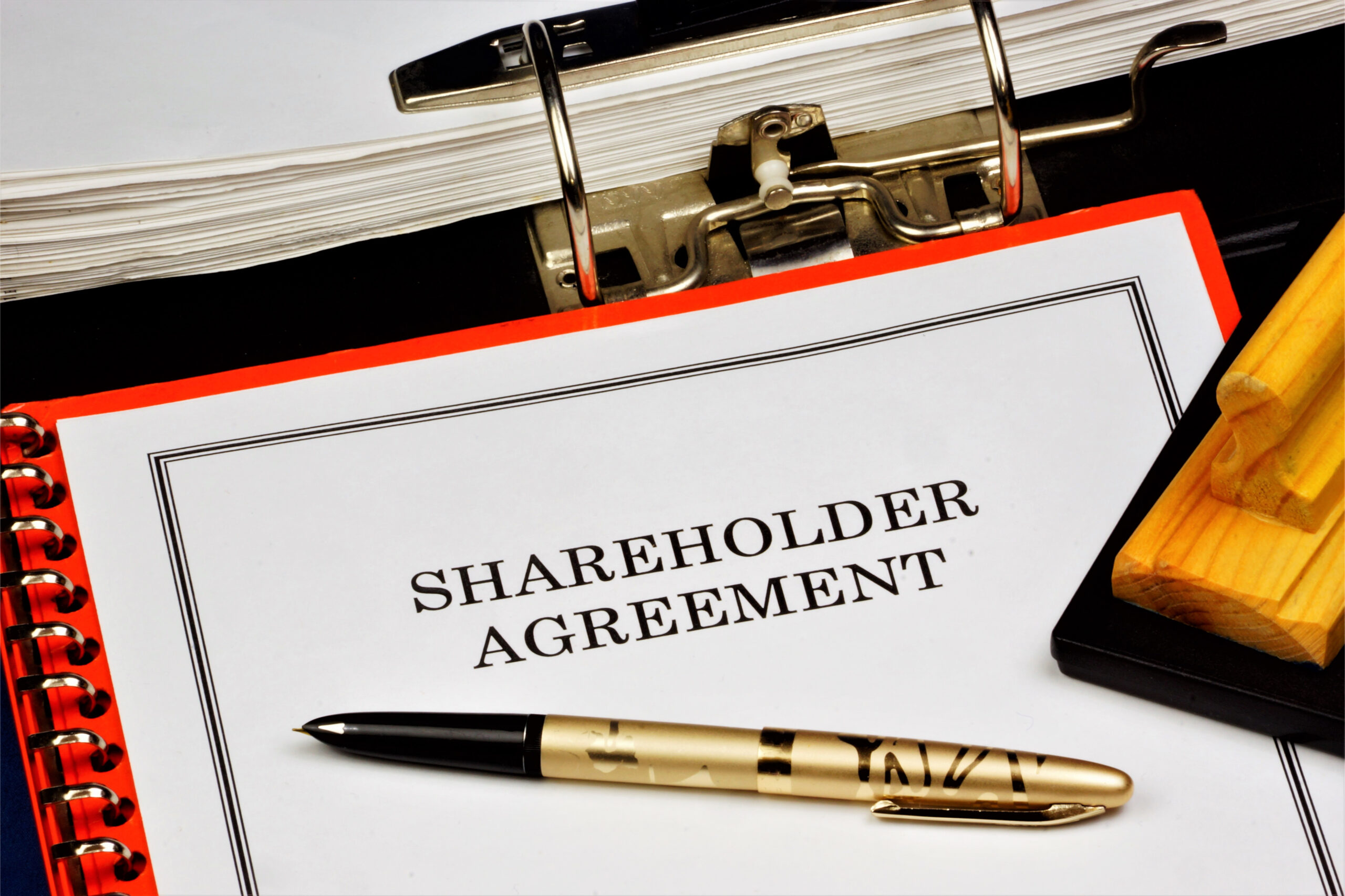You should be familiar with a shareholders agreement if you own shares in a private corporation. Shareholder rights and responsibilities are outlined in this document, which is essential to protecting your stakeholder rights. In addition, life insurance can provide many benefits when it comes to funding your shareholder's agreement. A successful implementation can generate positive results for shareholders. It is always possible for errors to occur in documents of this nature. Our article will guide you through five common mistakes you should avoid when preparing a shareholder's agreement with your life insurance advisor.
A Shareholders agreement is a formal document or agreement that outlines the duties, rights, protection, leadership, company stock and management between the shareholders. It is a mutual agreement between all the shareholders of a company, drafted with the view to protect their investment in the company and to consider the say of such shareholders, in the day to day functioning of the company. Let’s know the mistakes to avoid in Shareholders Agreement in this article.
Therefore, in a nutshell, the following are the significance of having a Shareholders Contract:
- It gives shape and direction to important decision making in the company.
- It clearly defines the rights and liabilities of the shareholders agreement, depending upon the class of shareholding.
- It structures the functioning of the company and defines the different roles of a shareholder in day to day operations.
- It brings about regulation within the buying and selling of shares of the company.
- It acts as a protective shield to the minority shareholders against potential uncertain market risks.
- It defines the relationship and sets out rules regulating the relationship between different classes of shareholders and the company.
Although neither the company nor the shareholders are legally obligated to enter into such a contract or agreement, it generally benefits both parties. An agreement of this kind must be drafted with extreme caution and craft, anticipating potential market risks and establishing mechanisms to deal with them. In uncertain market conditions, it is more important to be prepared. Furthermore, it facilitates easy dispute settlement, saves time and money, and outlines the terms clearly in a given situation. When drafted poorly, a Shareholder Agreement may not work out as expected.
Here are some commonly made mistakes to avoid in Shareholders Agreement:
1. Preparing vague provisions:
Considering the importance of such an agreement in the working of the company and the rights of the shareholder, it is very important that the utmost craft goes into preparing a shareholders contract. An agreement with vague or ambiguous provision will open gates for endless litigation and arising disputes over the agreement. Moreover, if the terms of the shareholders’ agreement are clear, it is more likely to be satisfied in full essence as then it establishes a strict web of rights, obligations and manner of regulation. It is for this purpose that one should choose a lawyer with skills of negotiation so that he can keep in mind the interests of both the parties and draft a sound agreement.
2. Omitting reference to the Capital Dividend Account:
A Capital Dividend Account (CDA) is a corporate tax account in which shareholders get their capital dividends without paying taxes. CDA is very important while preparing a shareholders agreement. In the absence of such a clause relating to CDA and the payment of capital, it is no guarantee that as a shareholder you will get the best tax benefits.
3. Unclear determination of the owner regarding a policy:
If an operating company is made the owner and beneficiary of any policy (for instance, a life insurance policy), it might not always be the ideal. This is so because, for a corporate-owned structure, an asset is determined based on the capital gain exemptions it creates, and thus a life insurance policy is not always the best-suited.
4. No mention of Tag-Along and Drag-Along Rights:
Drag-along right allows the minority to sell their shares, whereas Tag-along right requires majority shareholders to allow the minority shareholders to sell their shares at the same price. The mention of both these rights is important for startups.
Tag-along rights bestow greater liquidity, protection, and exit route for minority shareholders if one or more shareholders are selling their shares. On the other hand, drag-along rights are those which are preventive in nature, not allowing the blocking of the sale of the company (supported by the majority shareholders) by the minority shareholders. Such rights should be clearly mentioned in a shareholders agreement, or else it takes vicious forms for the progress of the company.
Both these clauses balance each other out.
5. Optional buyout:
Upon the event of the death of a shareholder, the purchase and sales of the demised shareholder’s shares must be made mandatory. Any unforeseen circumstances may be excluded here. The option of a buyout may be attractive for new and existing shareholders. The clause must be made clear in such a way that your business is not put at risk while contemplating the disposal of the shares.
Conclusion
Before preparing, you may also want to know the difference between a Share Purchase agreement and a Shareholder agreement. Get in touch with Vakilsearch expert lawyers to get your Shareholders Agreement drafted.
Also, Read:










